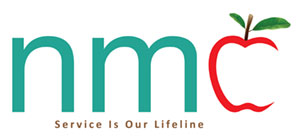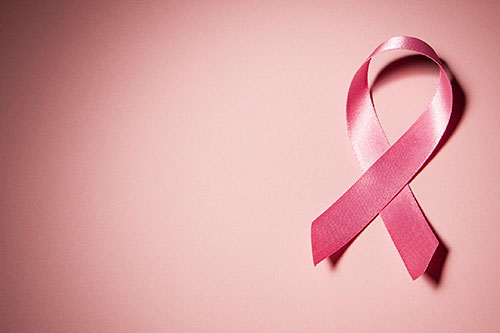If cancer is detected in the early stages, survival chances are high. Especially so with breast cancer! Breast self-exam or checking your breasts regularly can be an important way to detect breast cancer early, and increase the chances of it being treated successfully.
Stages of breast cancer
Stage 0 – Ducal carcinoma – Beginning cancer cells- surrounding tissue not invaded
Stage 1 – Size of tumour – 2 cms – lymph nodes unaffected
Stage 2 – Cancer cells spread to nearby lymph nodes
Stage 3 – Tumour is 5 cms – has spread to surrounding tissue
Stage 4 – Cancer cells invade other organs, like bones, liver, brain, or lungs.
Symptoms of breast cancer
Some of the signs and symptoms of breast cancer include:
- Change in size of breast
- Change in shape of breast
- A lump in the breast
- A thickened area in breast
- Change in skin texture
- Puckering or dimpling around nipples
- Redness around the nipple
- Change in position of nipple
- Discharge from nipple
- Pain in your breast
- Pain in the armpit
- Swelling in the armpit or around your collarbone
Breast self examination
Step 1: Lie down in the bed with a pillow under your right shoulder.
Step 2: Stretch right arm up over your head and rest your head on it.
Step 3: Use the pads of the fingers of your left hand to circle around your right breast.
Step 4: Check entire breast and armpit
Step 5: Squeeze nipple and check for discharge and lumps
Step 6: Roll over and repeat on left breast using right hand.
What should you do if you find a lump?
Don’t get scared. Most often, it can be nothing. There are lumpy areas in the breast all the time. And even if you find a moving lump, it can be benign. There can be a number of reasons for the lumps that include normal hormonal changes, a benign breast condition, or an injury.
But call your doctor and make an appointment because it is better to be safe than sorry. And if you do have a problem, you have detected it early and it can be treated early.


